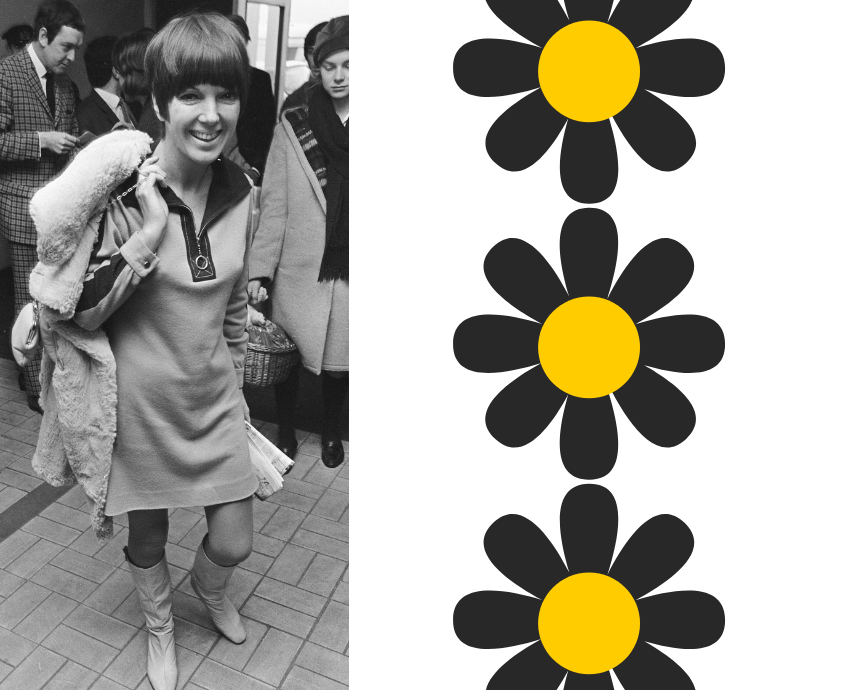
Quant
Directed by Sadie Frost
Featuring Mary Quant, Kate Moss, Camilla Rutherford, Vivienne Westwood
Screening nationally as part of the British Film Festival
According to Jennifer Worth’s book Farewell to the East End — the last in the Call the Midwife series — there were at least 1100 babies born every year in the East End of London. Childbirth generally meant domestic servitude for the married mother or, if she was not married, poverty.
However, the year after the contraceptive pill arrived in 1963, only 30 babies were born. The Pill gave working-class women, especially young women, the chance to experiment with their sexuality and advance themselves in their working lives.
The following year fashion designer Mary Quant’s famous mini skirt erupted into mass consciousness.
Quant said of her design: “[It] was the most self-indulgent, optimistic ‘look at me, isn’t life wonderful’ fashion ever devised. It expressed the sixties, the emancipation of women, the Pill and rock ‘n’ roll.”
Economically, socially and sexually there was an optimism to 1960's Britain as it rode the post-WWII capitalist boom. Quant intersected with the zeitgeist and surfed that wave to worldwide fame and fortune.
Quant follows the designer's trajectory from her childhood in Wales, her 1950's bohemian London art scene period, her life-long marriage to Alexander Plunkett-Greene to her multimillion-dollar international fashion brand.
Like other ’60s stars, such as John Lennon and The Who, Quant and Plunkett-Greene were products of Britain’s prodigious art school movement. Her skill was in linking her creativity to the clothing needs of the young women she met in her social scene.
1950's women’s fashion standards were set by the top-end couturier design houses. Their ideal was to wrap women in layers of taffeta tottering on stiletto heeled shoes, effectively turning them in immobile mannequins.
Quant says her aim was to design clothes that young women could move freely in. That meant shorter skirts matched with pantyhose, bright colours, flat-soled shoes and interchangeable elements. A woman could wear an outfit to work and then, with a simple addition, wear it for after-work partying.
Plunkett-Greene and Quant formed London’s swinging '60s power couple. His prowess at events and publicity management projected her image. Archie McNair brought the business acumen that generated wealth.
Quant’s rise from operating one store in London to directing a massive international conglomerate — producing everything from lipstick to children’s toys — matches exactly the arc of the rise of neoliberalism. That goes unremarked upon in this film.
Instead, we hear from a range of talking heads extolling her for liberating women and charting new directions in culture. However, Quant’s fashion sense was confronted by the punk sensibility of the early 1970s, which in turn reflected the crisis of post-WWII British capitalism.
One of the most telling interviews in this film is a short interchange with the doyen of punk, Vivienne Westwood. She points out that the mass production of fashion is environmentally unsustainable.
That simple statement cuts the ground from underneath the structure of Quant’s business model.
Quant, while intriguing, is too long and could have benefited from more engagement with the changing economic forces that created the cultural landscape in which Mary Quant manoeuvred.
[Watch the trailer for Quant here.]